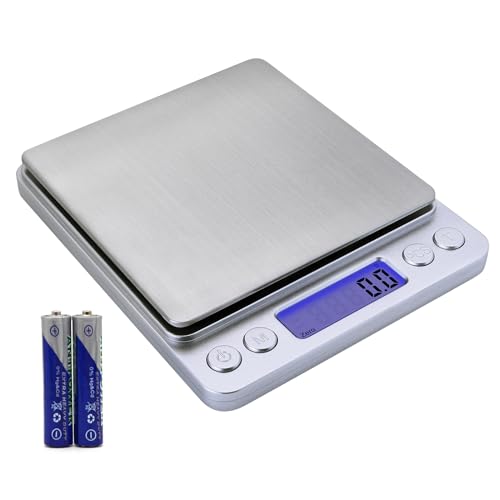donniej
Well-Known Member
A long, long time ago soap makers were called "soap boilers". I've read a lot of old soapmaking manuals and here's why...
First you render your used cooking grease or fatty tissue from the butcher shop. Then heat it until liquid and mix in a mixture of lye and water; so far, pretty familiar stuff so far.... but here's where it changes. Next brine was mixed in, brine is a mixture of 1/3 salt and 2/3 water. The soap can not stay dissolved in the salt water so it floats to the top of the kettle in the form of curds.
The curds are removed and washed to remove excess lye. After washing, the curds are "slabbed" into molds. You know the rest.
The water from the first kettle is still full of water, salt, lye and glycerin. With enough salt, the glycerin will fall out and sink to the bottom. Using a cone bottom tank with a valve at the bottom, the glycerin is drained. If you add enough lye, the salt will fall out as well, the salt is then drained off for reuse. The lye/water stays in the tank and is also reused.
The main reasons the glycerin was removed is to sell. I've read that the profit margin on soap was so thin that the sale of the glycerin was the only way to be profitable.
First you render your used cooking grease or fatty tissue from the butcher shop. Then heat it until liquid and mix in a mixture of lye and water; so far, pretty familiar stuff so far.... but here's where it changes. Next brine was mixed in, brine is a mixture of 1/3 salt and 2/3 water. The soap can not stay dissolved in the salt water so it floats to the top of the kettle in the form of curds.
The curds are removed and washed to remove excess lye. After washing, the curds are "slabbed" into molds. You know the rest.
The water from the first kettle is still full of water, salt, lye and glycerin. With enough salt, the glycerin will fall out and sink to the bottom. Using a cone bottom tank with a valve at the bottom, the glycerin is drained. If you add enough lye, the salt will fall out as well, the salt is then drained off for reuse. The lye/water stays in the tank and is also reused.
The main reasons the glycerin was removed is to sell. I've read that the profit margin on soap was so thin that the sale of the glycerin was the only way to be profitable.










































